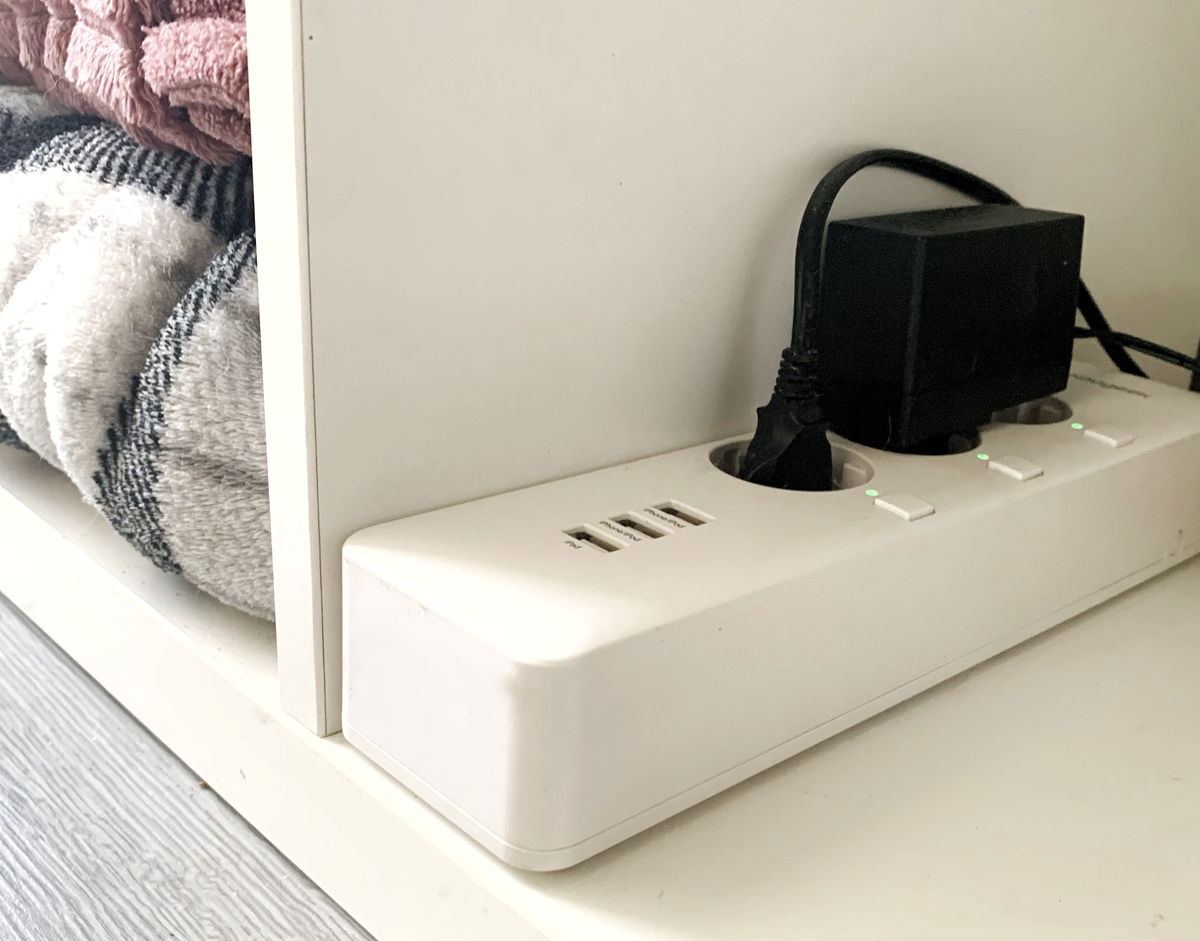The results of a new study published in the journal Nature are quite interesting. They confirm that creating memories is “risky business.” Typically, breaks in both strands of the double-stranded DNA molecule are associated with diseases, including cancer. In this case, the DNA damage and repair cycle represents how memories can be created and stored.
This cycle of damage and repair may also be abnormal in people with neurodegenerative diseases such as Alzheimer’s disease. It causes errors to accumulate in the DNA of neurons.
The team trained mice to associate a small electric shock with a new environment; so that when the animals were reintroduced into that environment they would “remember” the experience and show fear. Next, the experts examined gene activity in neurons in a key area of the brain (the hippocampus). Four days after training, it turned out that some genes responsible for inflammation were active in some neurons. But three weeks after training, the activity of the same genes was noticeably reduced.
Experts have identified the cause of inflammation: the TLR9 protein, which triggers an immune response to DNA fragments floating inside cells. This inflammatory response is similar to the response that immune cells use to protect genetic material from invading pathogens. But in this case, the nerve cells reacted not to the invaders but to their own DNA.
When researchers deleted the gene encoding the TLR9 protein in mice, the animals developed memory problems related to long-term exercise memory. This shows that we, too, use our own DNA as a signaling system to store information for long periods of time.
Source: Ferra
I am a professional journalist and content creator with extensive experience writing for news websites. I currently work as an author at Gadget Onus, where I specialize in covering hot news topics. My written pieces have been published on some of the biggest media outlets around the world, including The Guardian and BBC News.










